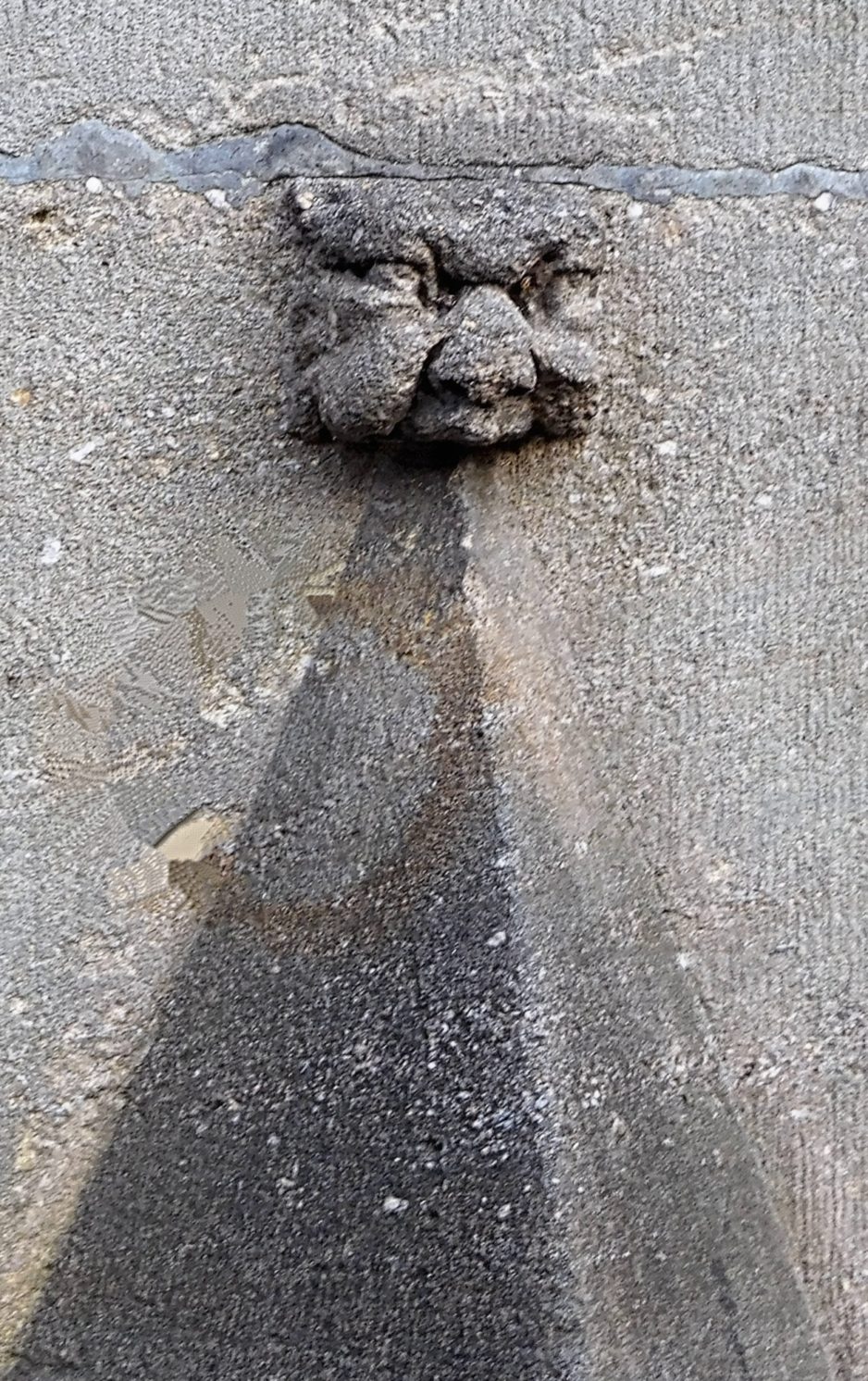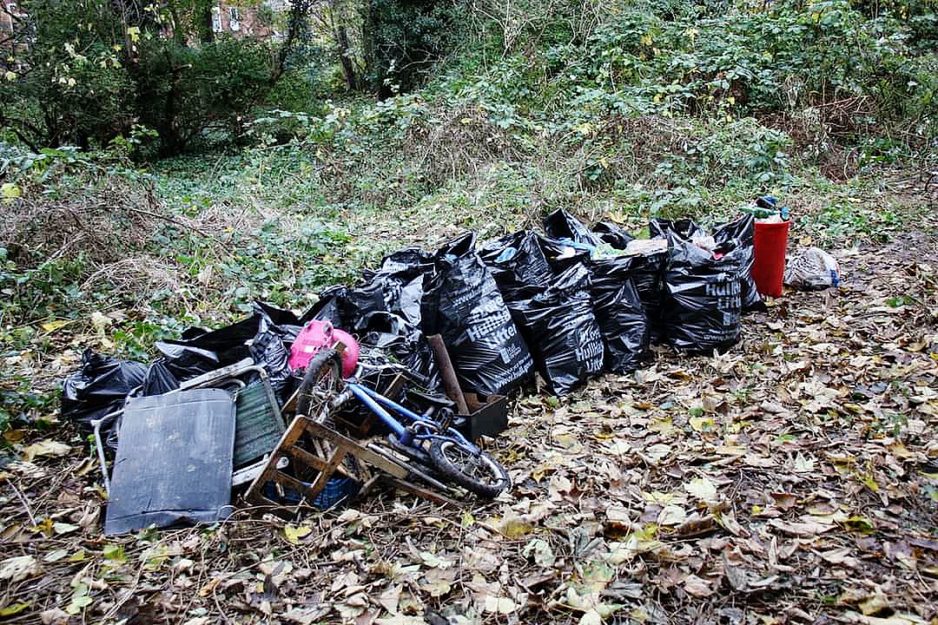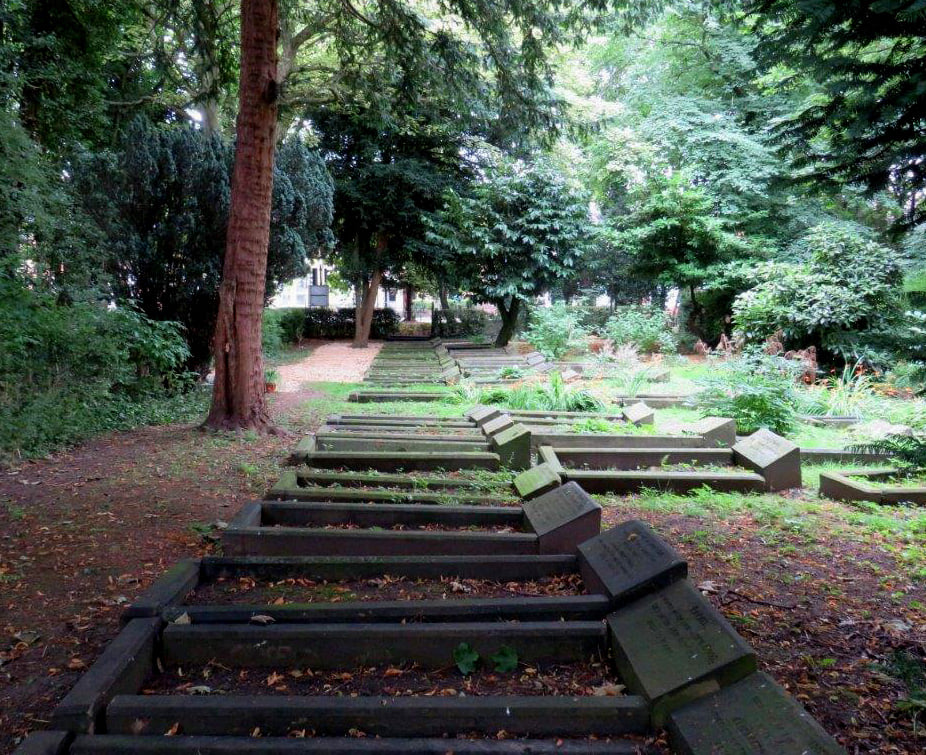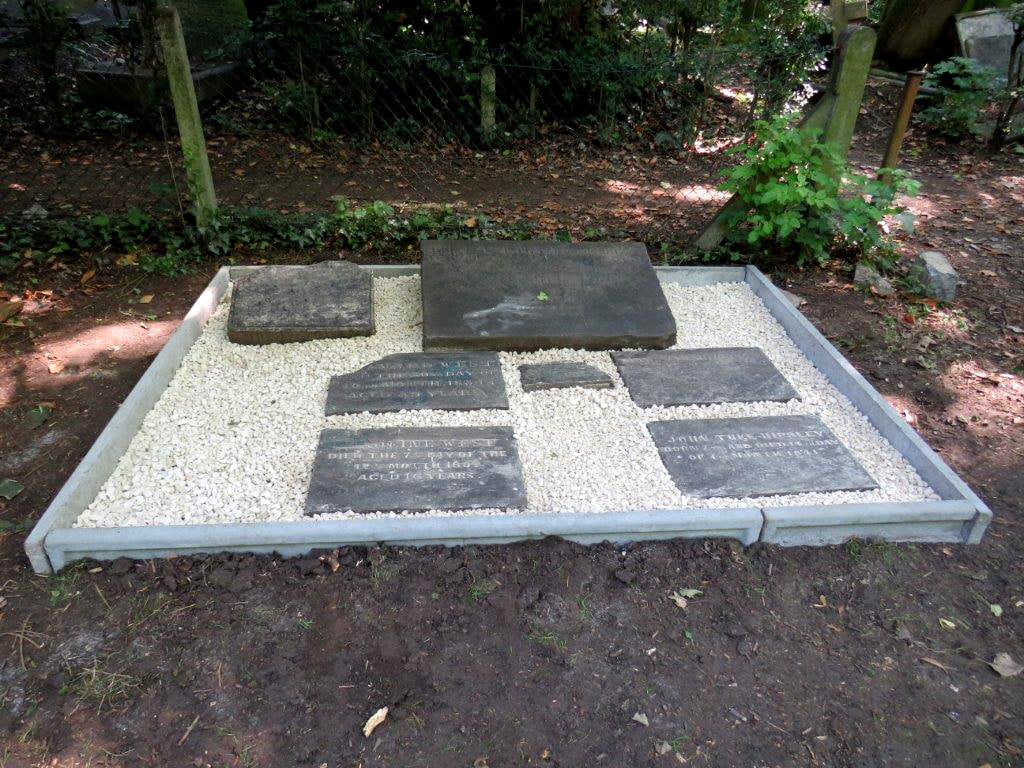The anniversary this month is unusual. It shows a more human side to the Hull General Cemetery Company board. I hope you like it.
I’ve often painted the Hull General Cemetery Company as hard-hearted. Grasping capitalists striving to secure whatever gain they can get. And I’m usually right. Which is where an instance where they are seen in a more charitable way should be highlighted. This is one of those times.
Plus ca change
Scattered through the Minute Books of the Company, one finds instances of damage done to the Cemetery grounds. Often these are thefts from graves. No, not bodies, but flowers. Sometimes whole bushes. Or property damage to the fences or cemetery buildings. In 1902 some young boys from the newly opened school in Thoresby Street smashed all of the windows in the Chapel. Well, all of the windows that weren’t already smashed, for the Chapel was already quite run-down.
In September 1868 the Board was informed by Mr Nequest, the superintendent, of further damage. And by a repeat offender.
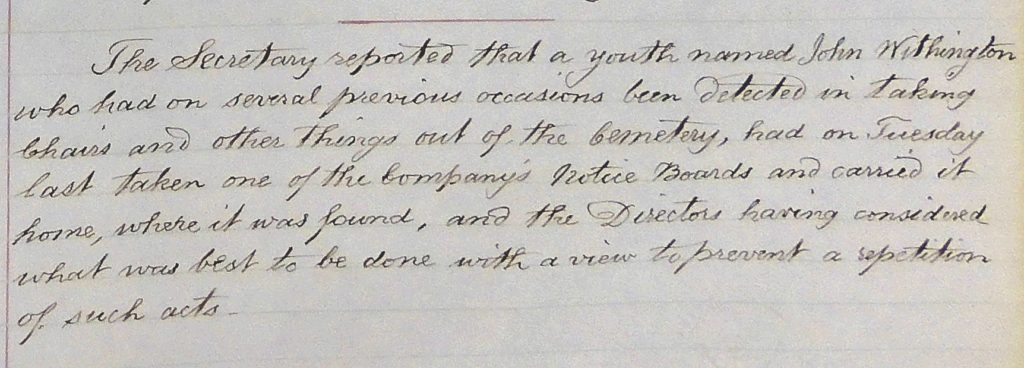
The Withingtons
Before we look at what the Board decided to do let’s take a quick look at John Withington.
He was born in Howden in 1850 and baptised at the Anglican church there. His father, Samuel, had been born in the USA but was a British citizen. He had moved back from the USA at some time. However he is a little difficult to track down.

Family research? Who needs it?
His mother too, Mary Jane Cramp is also elusive. In the marriage register she states that she is ‘of this parish’, meaning Holy Trinity, Hull. In the census of 1851 she states that she was born there. However there is no record of this.
Their daughter Emma, is stated to have been born in Hull. This may be true. However she was baptised in Keighley. So we can see that things aren’t quite straightforward. Welcome to family history research.
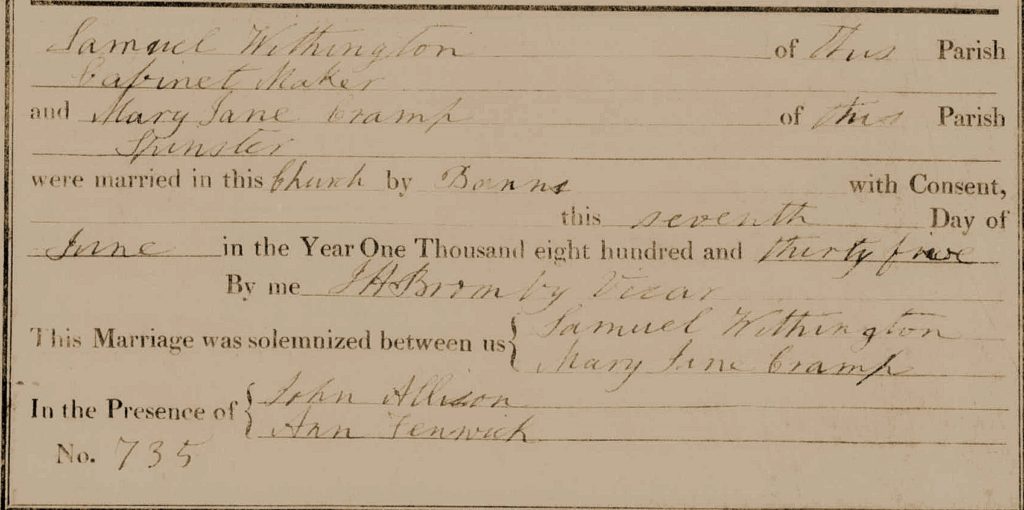
Samuel and Mary Jane’s marriage took place in 1835 as may be seen above. By the time of the 1851 census, 10 months after John Charles is born they live in Howden.
1851 Howden

Samuel is the clerk, come station master, of Howden station. By the 1861 census Samuel has moved his family to Hull. They now live in Pearson Street, a nice neighbourhood. Samuel is a coal merchant dealer and appears to be making a good living at it.
1861 Hull


By the 1861 census above Emma is no longer in the household and there is an Emma Withington living as a servant to a share broker in Chorlton, Manchester. This, incidentally, is a possible site for Samuel in the 1841 census but our focus is drifting a little here. More interestingly is the arrival of grandson which may explain Emma’s disappearance. One must keep up appearances, especially in a good street.
As we know in September 1868 John Charles, who would have been aged 17, was apprehended stealing from the Cemetery. By the time of the 1871 census, which invited further information from the public, we can perhaps catch a glimpse of why.
1871 and the reason why

John Charles’s name is above. The final column notes ‘Invalid from epilepsy’. Was it this that lead to his behaviour? Thefts that appeared to have no reason behind them. What on earth would he want the Cemetery notice board for?
Madness in all its forms
Epilepsy. ‘Touched by God’. A gentle way of speaking about this disease. Yet epileptics were also viewed as imbeciles, idiots, lunatics and, more obviously, problems. Lord Shaftesbury, the great philanthropist, saviour of the poor climbing boy of chimney sweep lore, had an epileptic son. He voiced, with sorrow and disdain, the general opinion of the public shown towards epileptics.
‘Epileptic fits are treated like madness, and madness constitutes a right, as it were, to treat people as vermin.‘
This usually meant confinement in an asylum where, because of the nature of the disease in that it was not curable, was for the long term.
As a young man I worked in an institution with people with learning difficulties. Their behaviour was portrayed as ‘challenging.’ That word covers quite a few things, none of them pleasant.
How would someone cope in that environment who only had epileptic fits occasionally? What would be the end result of that incarceration? How long could that person’s sanity remain?
That the Withington family kept their son at home shows great love and courage. That the Cemetery Company showed some insight into the family’s issues is even more incredible.
The Cemetery Company shows its heart
The Board decided that they would not press any charges against the boy. Instead the Board communicated with the boy’s father. They said that if the father,

The family must have maintained this promise for he does not feature again in the Cemetery’s books. However, this may be due to the fact that John died in 1874. A shortened life was often the fate of epileptics.
John’s death

A weight was probably lifted from the minds of his parents with his death. The worry of what would happen to their son after their deaths would have weighed heavy. I wonder if their grief was assuaged in any way by that thought? I doubt it.
John was buried in Hull General Cemetery in a family grave. He was the first occupant. By the time it was filled it contained his father, mother and a younger brother. The stone was removed in the 1970s.
A rather sad anniversary item. Sorry
Anniversary August 1907
Pete Lowden is a member of the Friends of Hull General Cemetery committee which is committed to reclaiming the cemetery and returning it back to a community resource.


